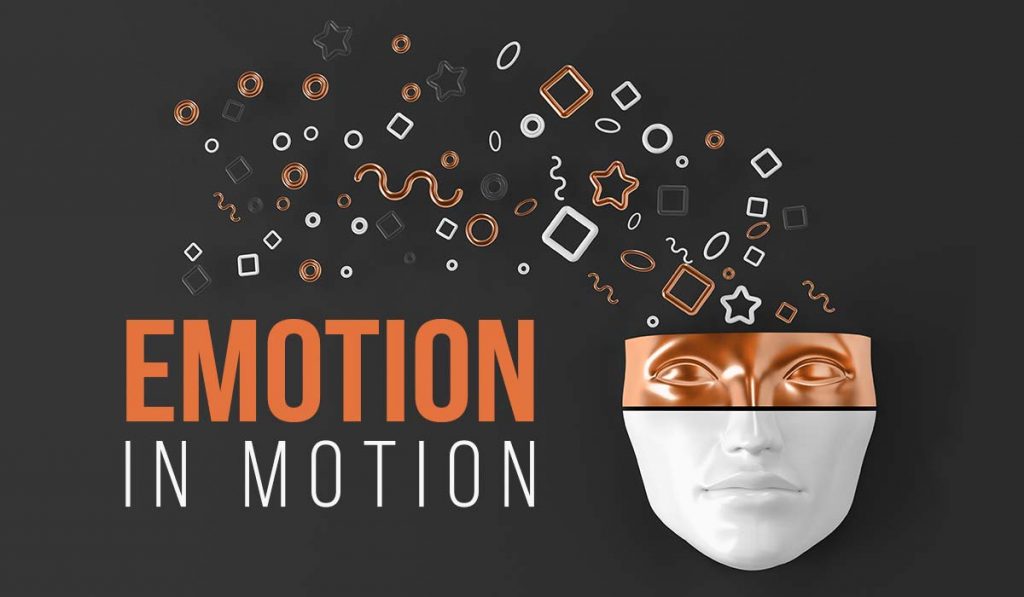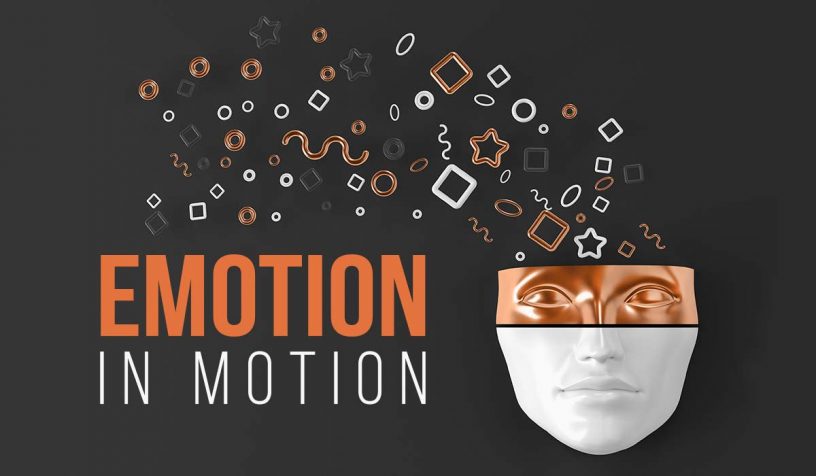
Poor sensorimotor learning induces sustained elevated emotional reactivity that, over time, could generalize to anxiety or mood psychopathology, says the study.
Author
Derick H. Lindquist, Professor and Dean, Jindal School of Psychology & Counselling, O.P. Jindal Global University, Sonipat, Haryana, India.
Summary
An organism’s ability to adapt to environmental challenges is aided by disparate neural systems, acting independently and interactively to influence behavioral responding. With respect to associative learning, emotional, contextual, and sensorimotor conditioning is established, maintained, and expressed by the amygdala, hippocampus, and cerebellum, respectively.
In delay eyeblink conditioning, rapidly expressed emotional (fear) conditioned responses (CRs) tied to the conditioned stimulus (CS) and conditioning context accelerate the development and generation of a specific sensorimotor (eyeblink) CR, in accord with the two-stage model of aversive classical conditioning.
This review discusses the model based on the behavior, neural pathways, and plasticity associated with the unconditioned stimulus (US), CS, and conditioning context. We conclude by introducing a putative third stage of conditioning, whereby cerebellar-mediated ‘conditioned emotional suppression’ mitigates and stabilizes fear responding as eyeblink CRs increase in frequency over training.
Impaired sensorimotor learning due to cerebellar damage or dysfunction is proposed to limit conditioned suppression—leading to a sustained, heightened state of emotional arousal that, over time, could generalize to anxiety or mood psychopathology.
Published in: Neuroscience & Biobehavioral Reviews
To read the full article, please click here.


